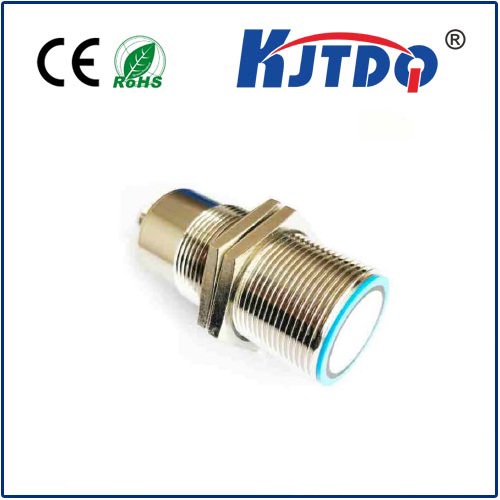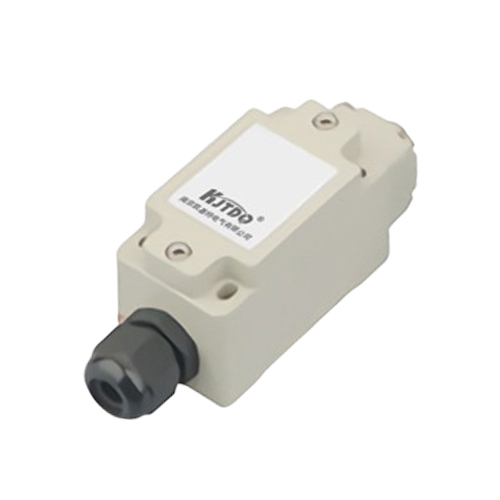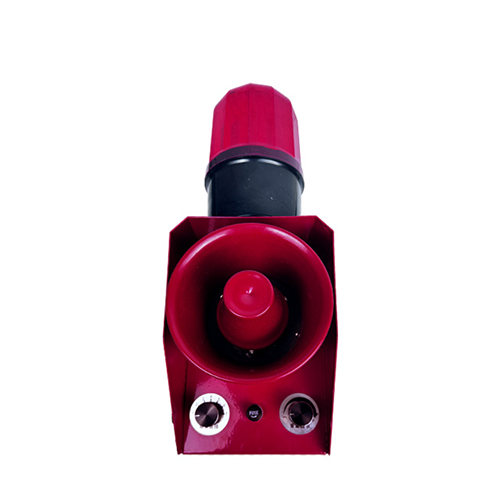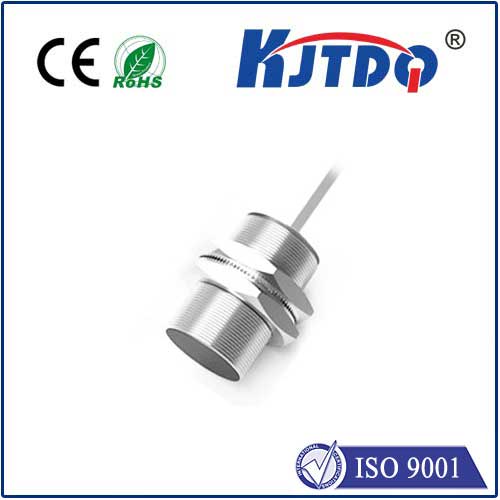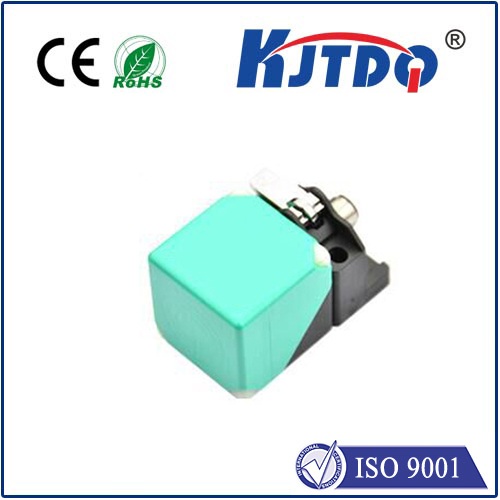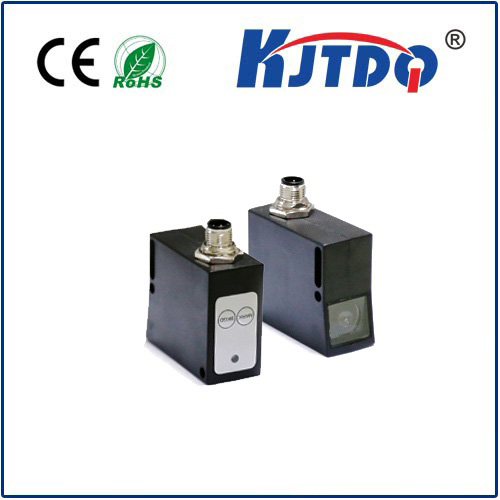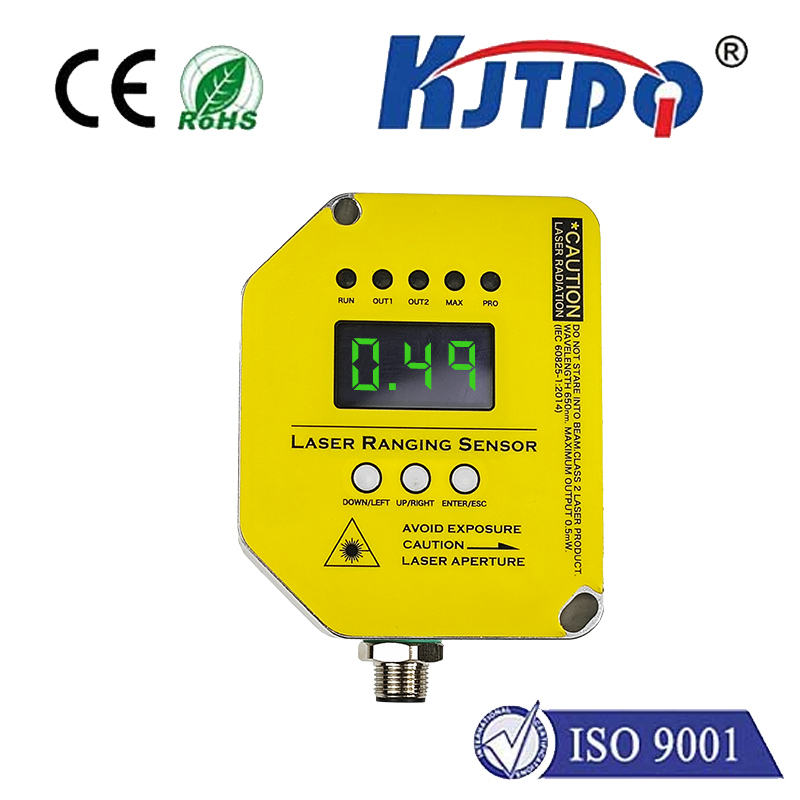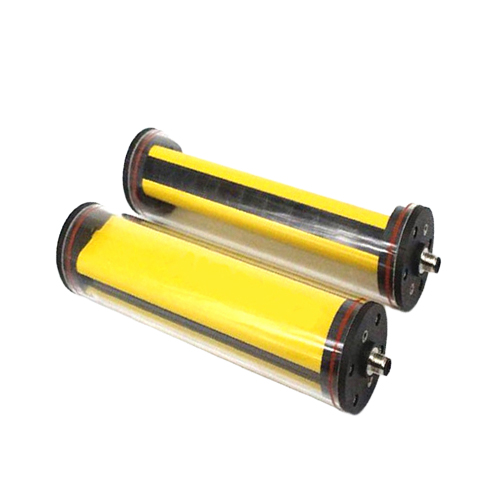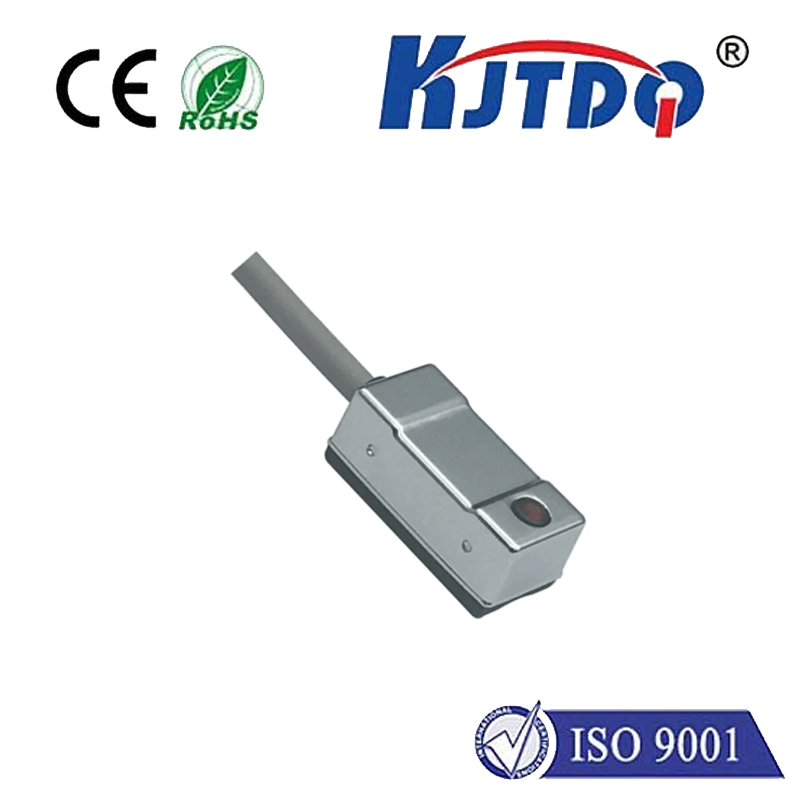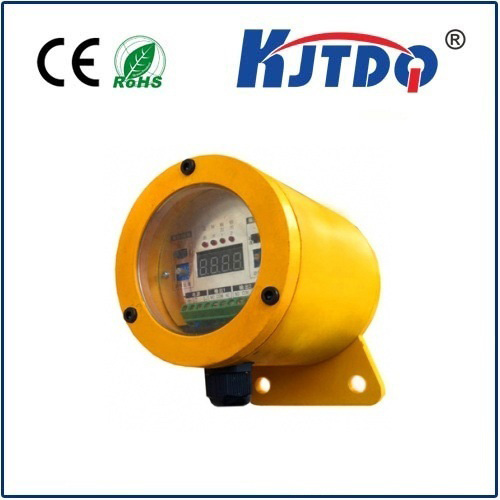

check

check

check

check

check

check

check

check

check

check
Introduction:
In recent years, miniature inductive proximity sensors have gained significant attention in various industries due to their compact size, high accuracy, and reliable performance. These sensors are essentially devices that detect and measure the distance between two objects or surfaces, based on the induction of an electromagnetic field. This essay aims to explore the advancements and applications of miniature inductive proximity sensors, discussing their functionality, efficiency, and future prospects in detail.
Functionality and Design:
Miniature inductive proximity sensors are typically made up of a coil and a magnet. When two conductive objects come into contact with the coil, they create an electrical current flow, which generates an electromagnetic field. The sensor then measures the strength and direction of this field to determine the distance between the objects. One advantage of these sensors is their simplicity in design, as they do not require any complex circuitry or external components. Additionally, they can be easily integrated into various devices and systems without affecting their overall performance.
Efficiency andAccuracy:
The efficiency of miniature inductive proximity sensors depends on various factors such as the type of material used for construction, the size of the coil, and the presence of interference from other电磁干扰源. Despite these challenges, modern sensors have significantly improved their efficiency and accuracy over time. For instance, some sensors use advanced algorithms to compensate for potential distortions in the magnetic field and improve their measurement precision. Furthermore, miniaturization efforts have led to more efficient designs that consume less power while still maintaining high levels of performance.
Applications:
Miniature inductive proximity sensors have a wide range of applications across different industries, including automotive, healthcare, manufacturing, and consumer electronics. Some common examples include detecting the presence of objects or people, monitoring medical equipment such as heart monitors, guiding robots and automation systems, and sensing changes in temperature or humidity levels in environments like homes or buildings. By providing real-time information about the physical environment, these sensors enable smarter and safer operations that enhance productivity and quality.
Future Prospects:
As technology continues to evolve, it is expected that miniature inductive proximity sensors will become even smaller, faster, and more accurate. Advances in materials science and miniaturization techniques are paving the way for new sensor types that can operate at even lower power levels, making them more energy-efficient than ever before. Additionally, the integration of artificial intelligence (AI) and machine learning algorithms will allow these sensors to learn from data and make autonomous decisions based on their environment. Overall, the future looks bright for miniature inductive proximity sensors as they continue to revolutionize many aspects of our lives.
